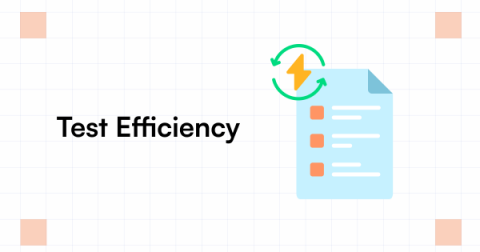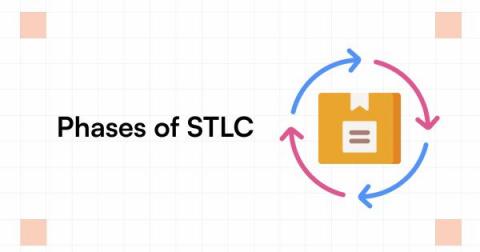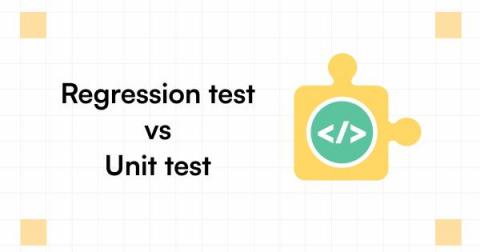What is Peer Review in Software Testing?
Reviewing your work is critical in the software development life cycle (SDLC). It reduces the instances of human errors and allows for better-quality code. Similarly, peer review in important, that involves peers checking each other’s work. But why is it essential, and how much software quality does it improve? Let’s see.











